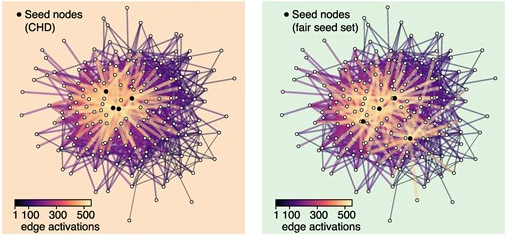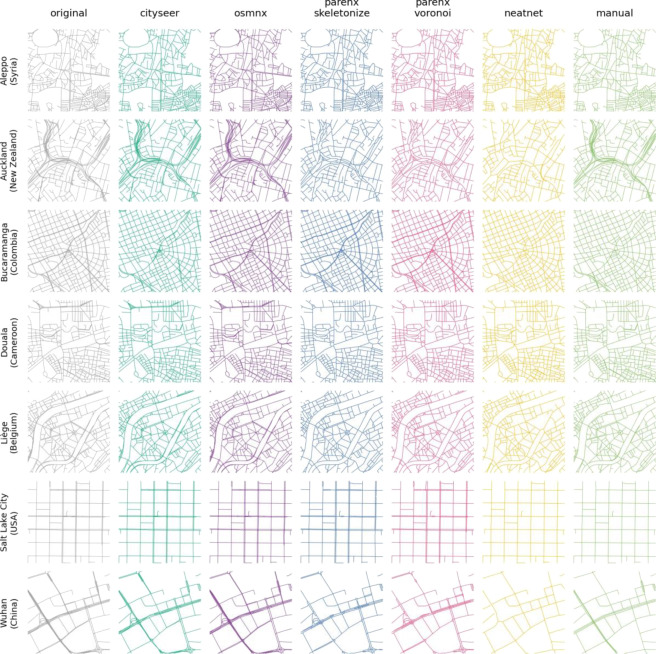We have two new publications out!
- Detecting bias in algorithms used to disseminate information in social networks and mitigating it using multiobjective optimization, by Vedran Sekara, Ivan Dotu, Manuel Cebrian, Esteban Moro, Manuel Garcia−Herranz published in PNAS Nexus

Based on extensive computer simulations on synthetic and 10 diverse real-world social networks we show that seeding information in social networks using state-of-the-art influence maximization methods creates information gaps. Our results show that these algorithms select influencers who do not disseminate information equitably, threatening to create an increasingly unequal society. To overcome this issue, we devise a multiobjective algorithm which both maximizes influence and information equity. Our results demonstrate it is possible to reduce vulnerability at a relatively low trade-off with respect to spread. This highlights that in our search for maximizing the spread of information we do not need to compromise on information equality. - Adaptive continuity-preserving simplification of street networks, by Martin Fleischmann, Anastassia Vybornova, James D. Gaboardi, Anna Brázdová, Daniela Dančejová, published in Computers, Environment and Urban Systems

Street network data is widely used to study human-based activities and urban structure. Often, these data are geared towards transportation applications, which require highly granular, directed graphs that capture the complex relationships of potential traffic patterns. While this level of network detail is critical for certain fine-grained mobility models, it represents a hindrance for studies concerned with the morphology of the street network. For the latter case, street network simplification — the process of converting a highly granular input network into its most simple morphological form — is a necessary, but highly tedious preprocessing step, especially when conducted manually. In this manuscript, we develop and present a novel adaptive algorithm for simplifying street networks that is both fully automated and able to mimic results obtained through a manual simplification routine. The algorithm — available in the neatnet Python package — outperforms current state-of-the-art procedures when comparing those methods to manually, human-simplified data, while preserving network continuity.
See also the neatnet package: https://github.com/uscuni/neatnet
